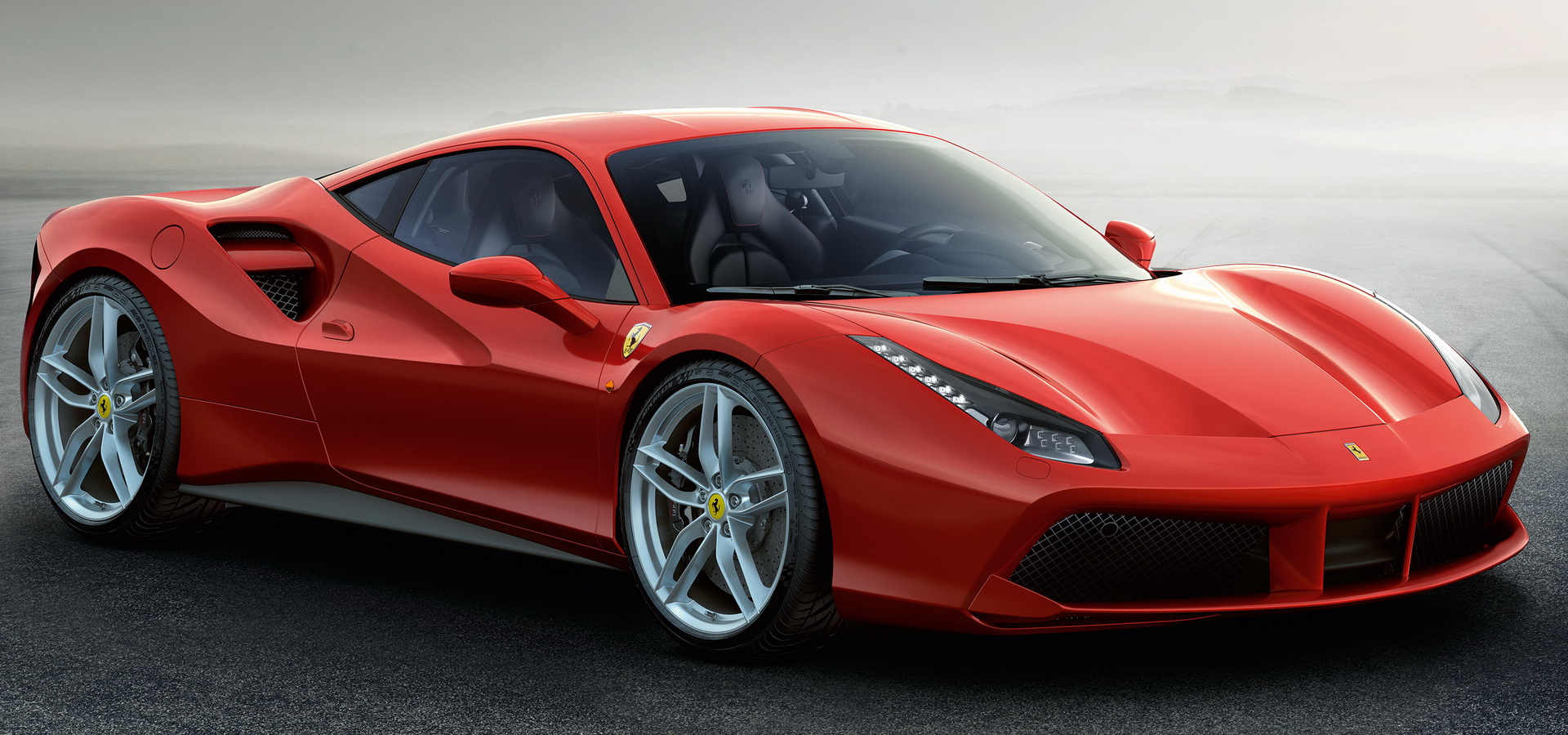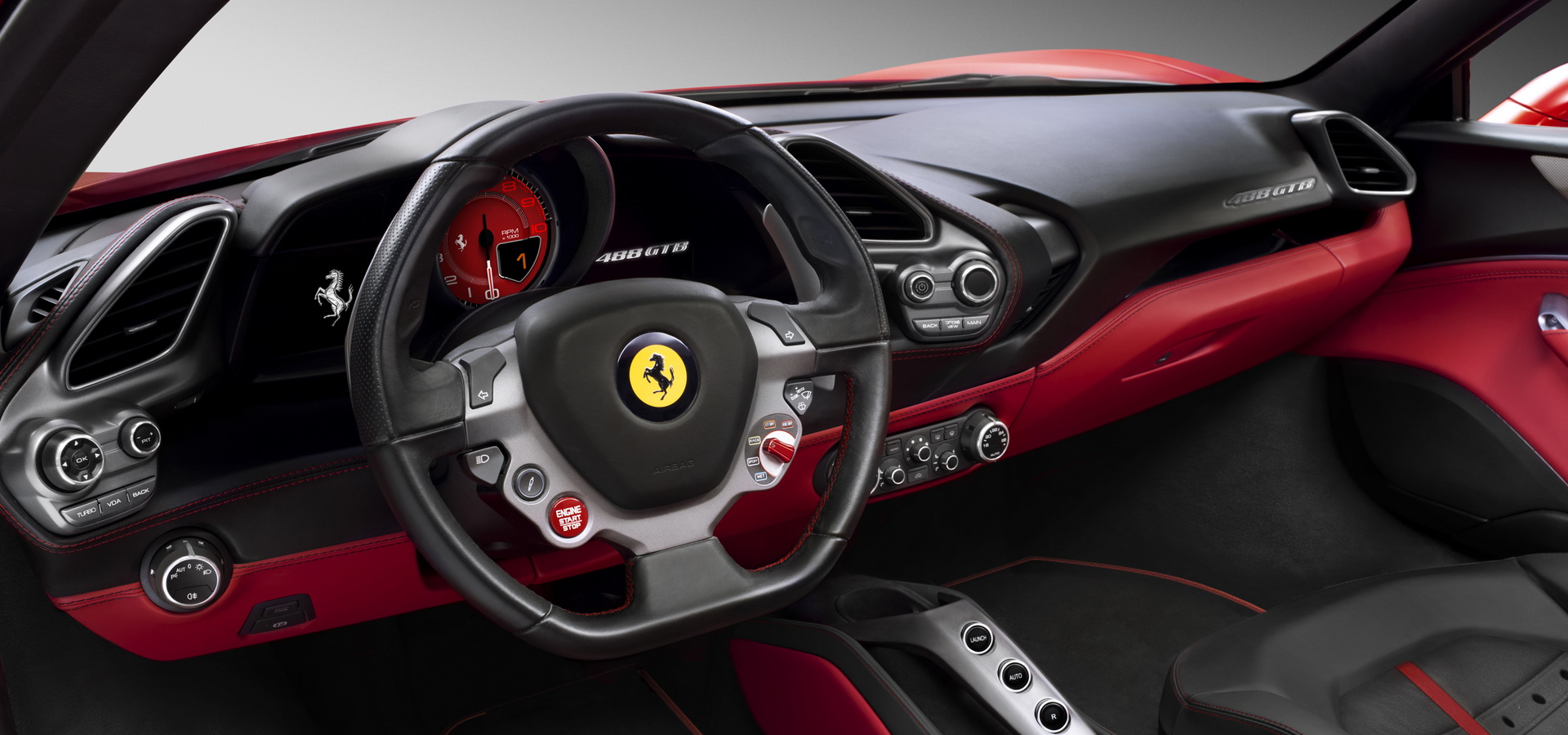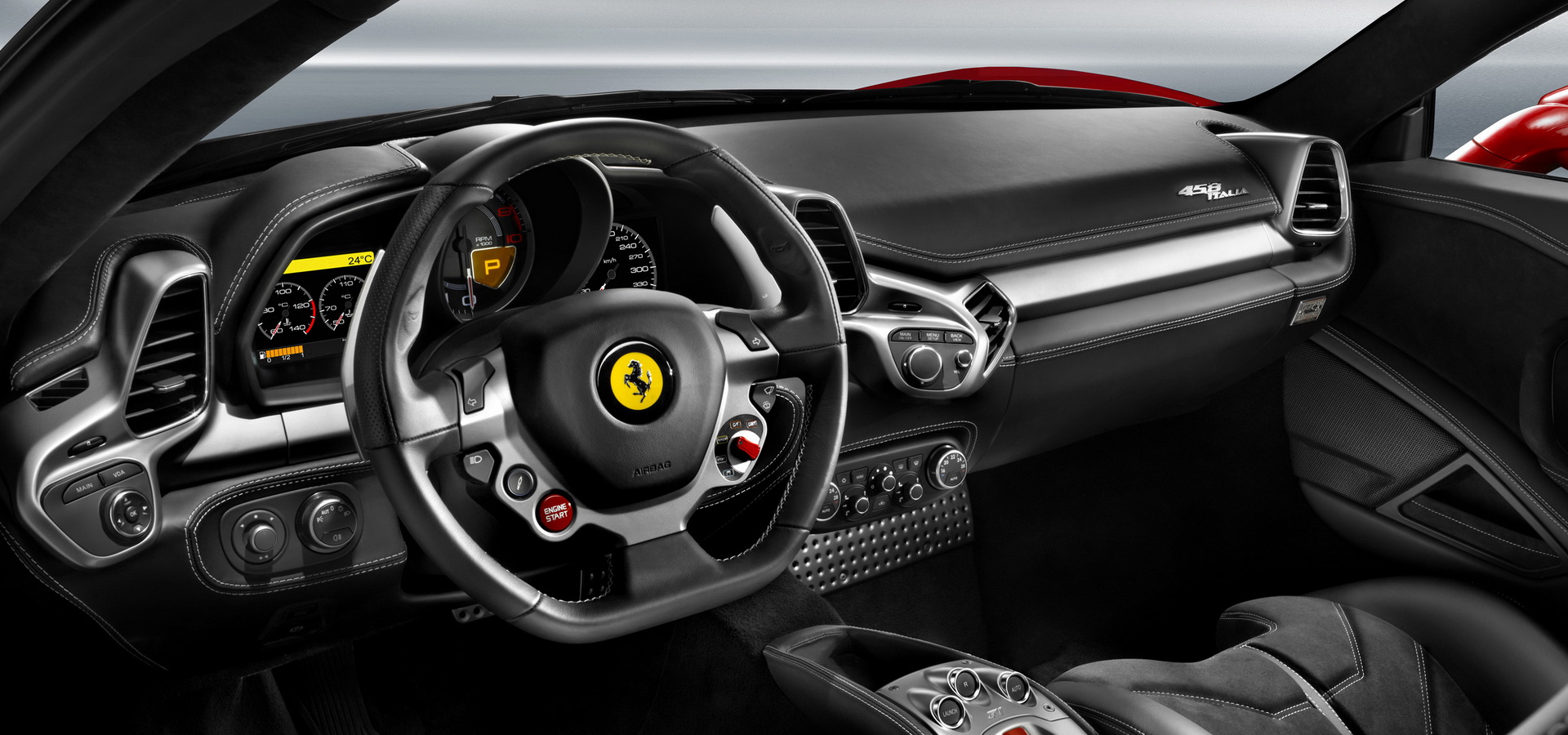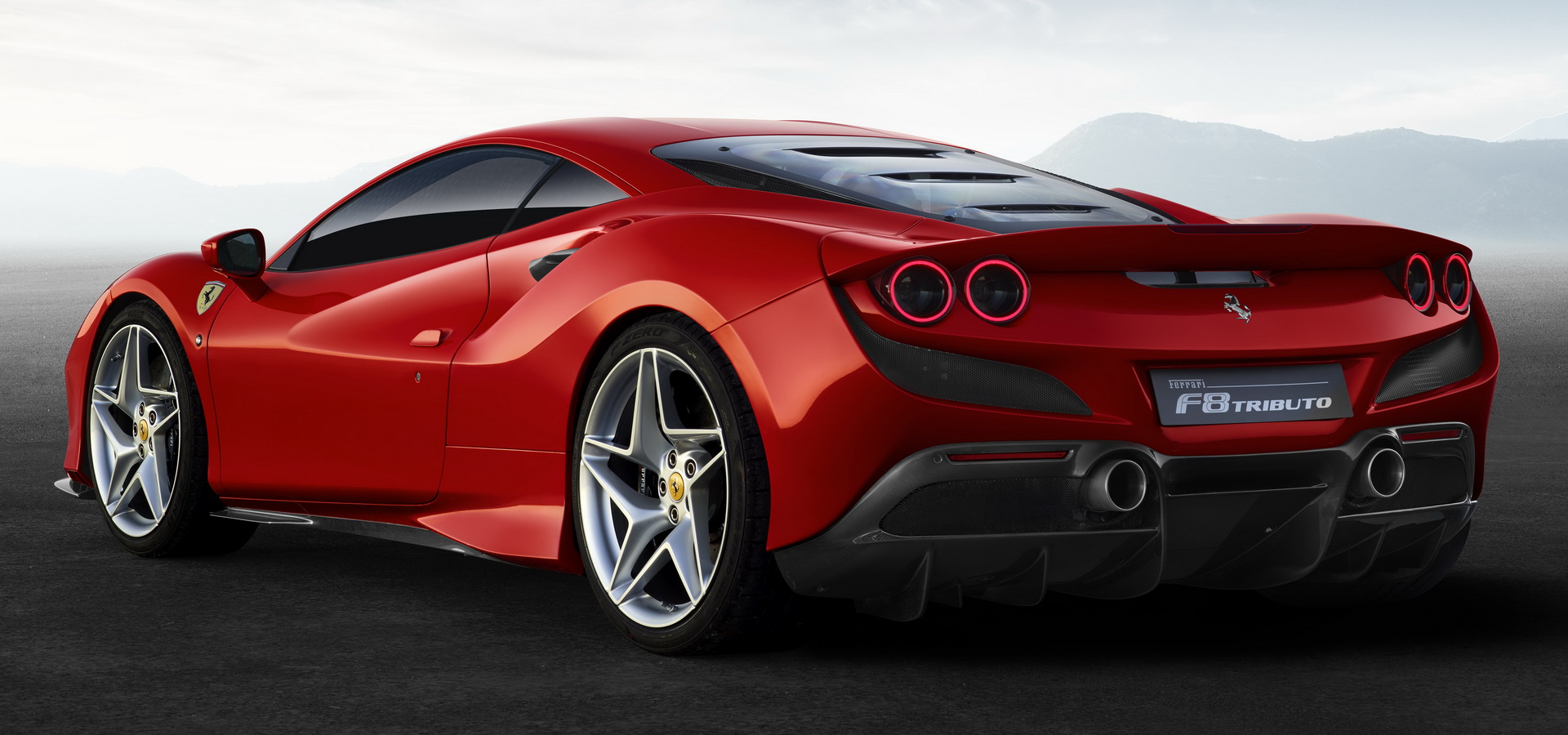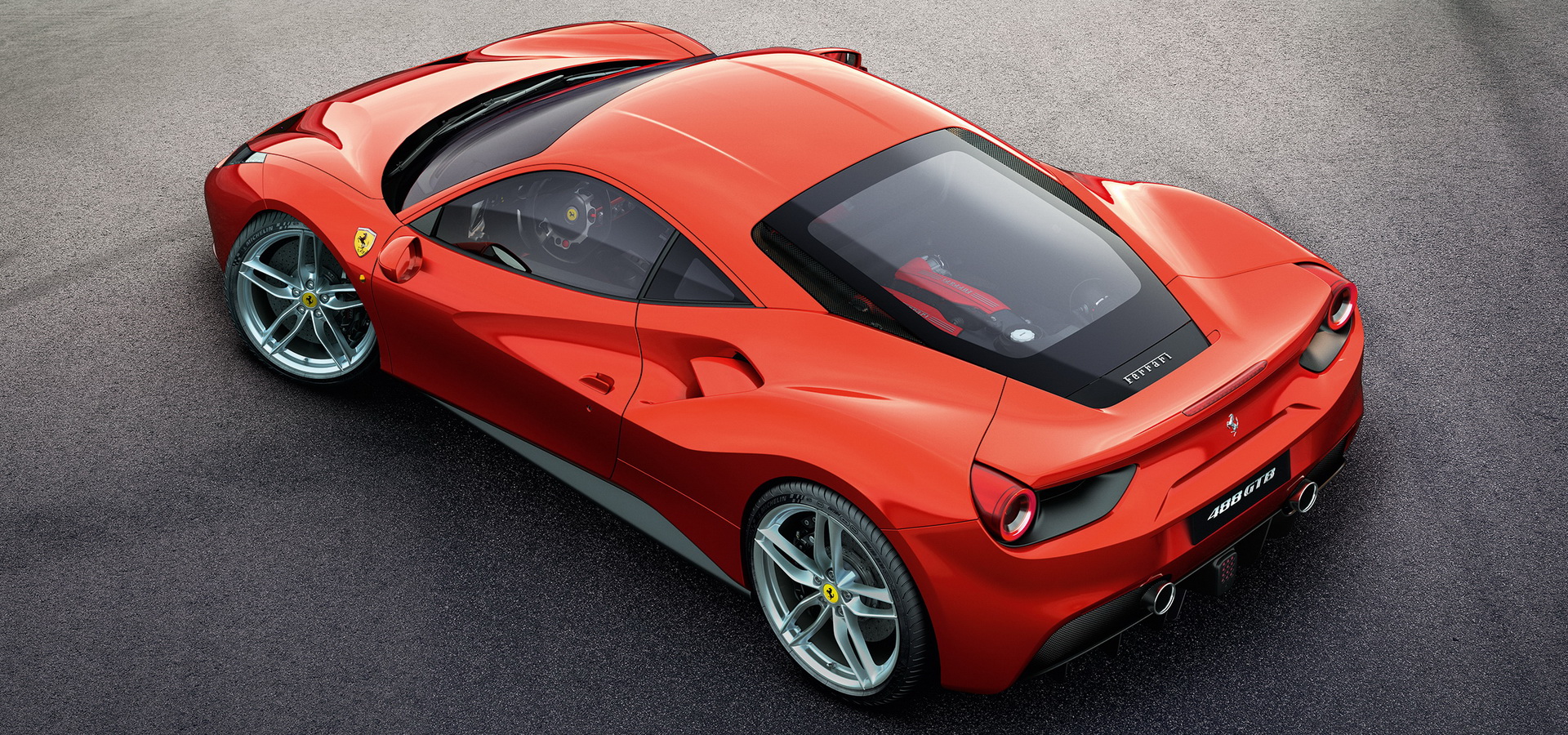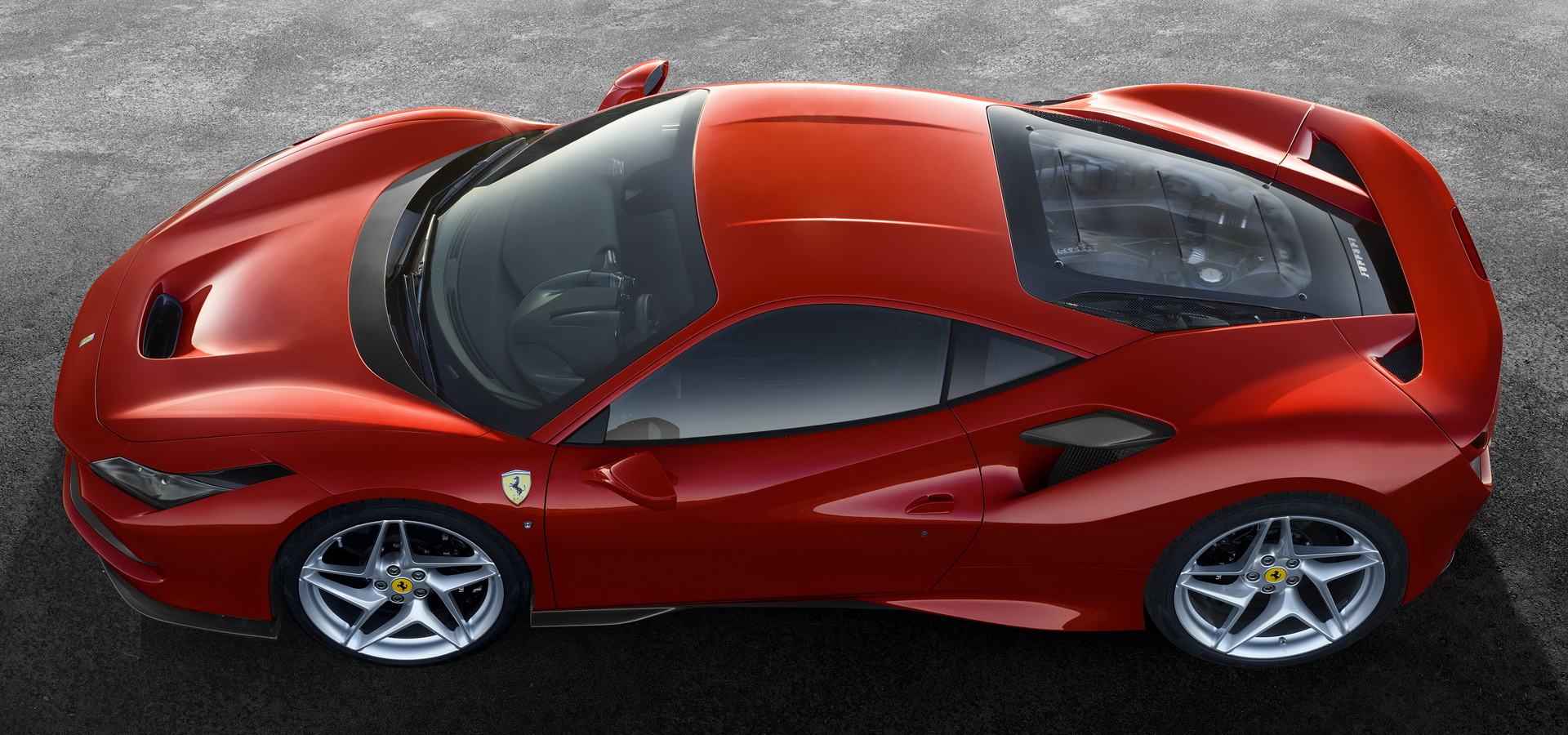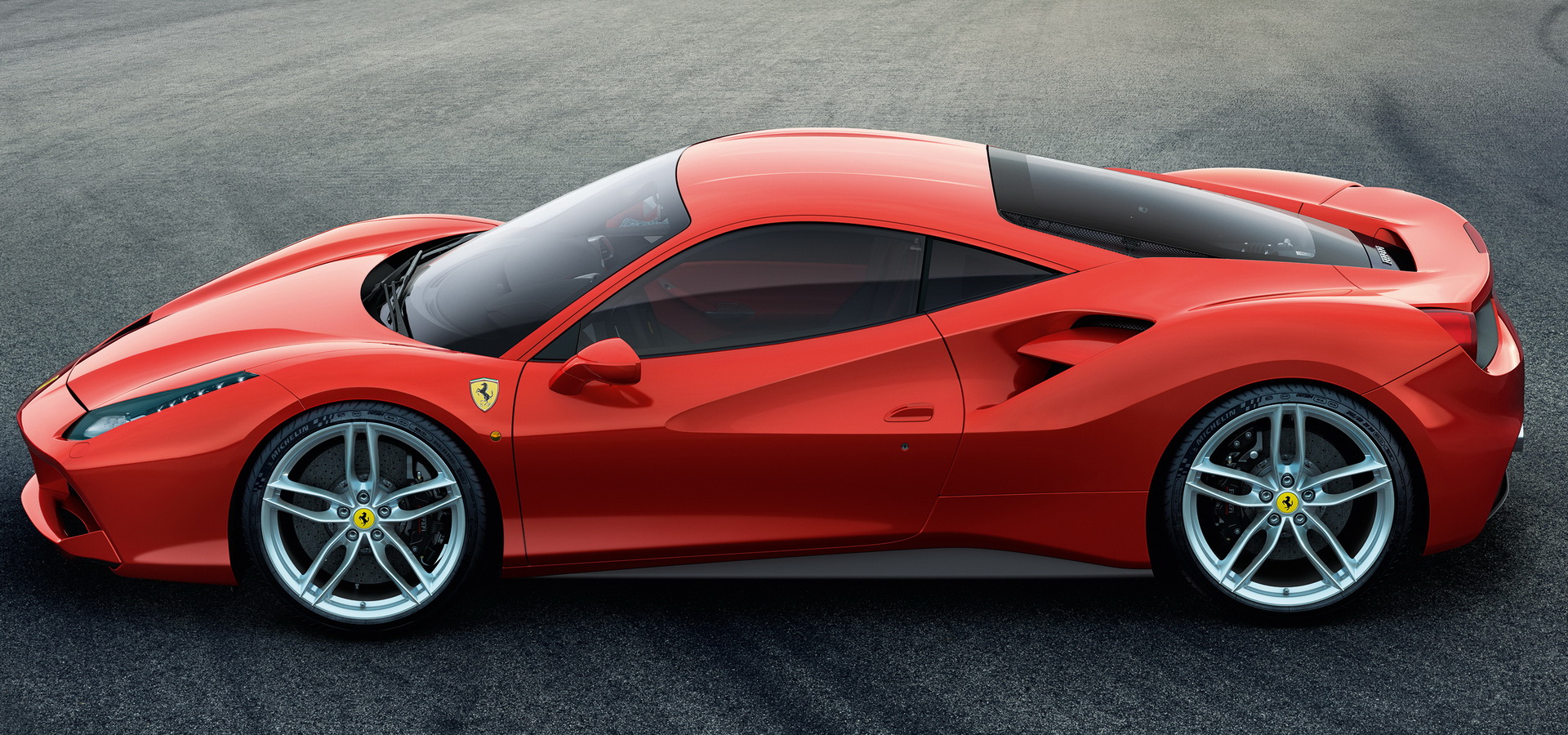It’s been nearly a full decade since Ferrari first put the 458 Italia into production. Now, all these years later, we’ve been given the F8 Tributo, a car that technically amounts to the second extensive facelift applied to the 458.
The first “facelift” came in February of 2015, when the 488 GTB stepped in to do the job the 458 could no longer pull off, specifically keep up with newer, turbocharged rivals from the likes of Porsche and McLaren. In a way, the F8 Tributo is tasked with doing the same, hence the 720 PS (710 HP).
Forever beautiful
You know what’s really difficult? Figuring out a way to rank Ferraris objectively when it comes to looks. It’s almost impossible to please everybody with your assessment, but that’s only because the Italian automaker keeps building gorgeous exotics.
However, we can confidently say that ever since the 458 Italia, this supercar keeps getting more and more aggressive, visually. The 488 GTB broke up the 458’s seamless profile by adding rear fender intakes. The 488 also had a more aggressively-styled frunk cover, a sportier front bumper and a more conventional tailpipe design.
As for the F8 Tributo, it’s arguably the meanest-looking of them all, with its track-focused aero package, which seems to take after the 488 Pista. Unlike the 488 GTB, the F8’s rear end looks nothing like the 458 Italia’s. In fact, it reminds us more of something like the 812 Superfast rather than the 458.
Other noteworthy exterior features for the F8 include the F1-inspired S-Duct for more downforce (15% increase), new brake cooling intakes, smaller headlights and the Lexan rear screen with F40-like louvers (one row instead of two).
A “new” interior design
While there are quite a lot of differences between the cabin of the F8 and the interiors of its two predecessors, the new model still carries a driver-oriented dashboard layout, there’s no mistaking that. Ferrari does however say that every element of the dashboard, door panels and center tunnel has been redesigned completely.
Meanwhile, features include a new HMI (Human Machine Interface), new steering wheel, round air vents instead of…that weird shape from before, and a new 7-inch touchscreen display on the passenger’s side.
Thank McLaren for this car
What are the chances Ferrari would have built the F8 Tributo, giving it 720 PS (710 HP) and 770 Nm (568 lb-ft) of torque, had McLaren not taken the supercar world by storm with the 720S. The two have identical power and torque output figures, at least on paper (the 720S might be putting down a little more than advertised).
Speaking of “on paper”, the F8 can accelerate to 100 km/h (62 mph) in just 2.9 seconds, before reaching 200 km/h (124 mph) in 7.8 seconds. As for its top speed, that would be 340 km/h (211 mph). Guess what, all of these are identical figures to what the McLaren 720S can do. Same acceleration, same top speed, even the same 0-124 mph time.
If you’re undecided about which of these three cars you like most, make sure to drop by the Geneva Motor Show next week and check out the F8 Tributo in person.





